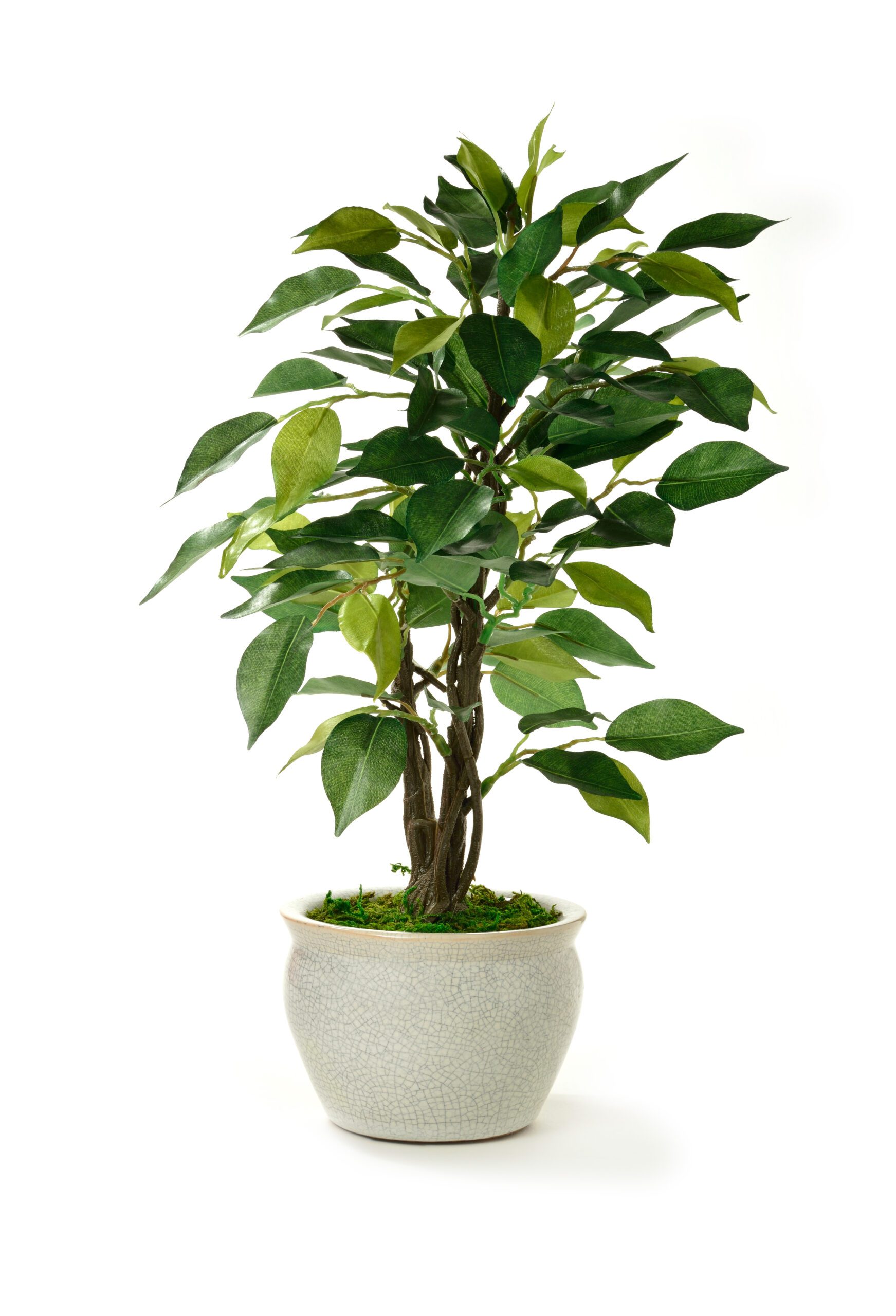Efficient. Reliable. Experienced.
LEED Certified
LEED, or Leadership in Energy & Environmental Design, is a green building certification program that recognizes best-in-class building strategies and practices. To receive LEED certification, building projects must satisfy prerequisites and earn points to achieve different levels of certification.
We are dedicated to improving the sustainability of the buildings we remodel. All of the newly renovated homes are slated to achieve LEED certification. These improvements not only allow for lower costs on the tenants side, but also leave a lasting impact on the environment.
Why LEED?
Energy Efficiency
According to the EPA, heating and cooling accounts for about 43 percent of all energy use in the country, which contributes to air pollution and generates the largest amounts of greenhouse gases.
By improving energy efficiency, green buildings also help reduce indoor air pollutants related to serious health issues.
Indoor Air Quality
LEED creates healthier spaces with cleaner air, access to daylight, and free from harmful chemicals found in paints and finishings.
Water Efficiency
Conserving water, inside and out to reduce costs and consumption.

Materials & Resources
LEED incentivizes the use of green building materials including renewable, recycled, natural resources.
Reducing Waste
By 2030, LEED projects will have diverted more than 540 million tons of waste from landfills.
More About Leed
LEED for Residential Design and Construction
Impact for renters, owners and the environment
LEED helps create living spaces where people can thrive. LEED-certified homes are designed to provide clean indoor air and ample natural light and to use safe building materials to ensure our comfort and good health. They help us reduce our energy and water consumption, thereby lowering utility bills each month, among other financial benefits. Using the strategies outlined in LEED, homeowners are having a net-positive impact on their communities.
LEED homes are also designed, constructed and operated to be resilient in adverse conditions and are developed with proactive design planning for potential impacts of catastrophic weather.
- Health: LEED homes are designed to maximize indoor fresh air and minimize exposure to airborne toxins and pollutants, making it healthier and more comfortable.
- Savings: LEED homes use less energy and water, which means lower utility bills. On average, certified homes use 20 to 30 percent less energy than non-green homes, with some homes saving up to 60 percent.
- Value: With proper planning, LEED homes can be built for the same cost as non-green homes. LEED homes can qualify for discounted homeowner’s insurance, tax breaks and other incentives. And in many markets, certified green homes are now selling quicker and for more money than comparable non-green homes.
For better homes, accountability makes a difference. Through a carefully managed, independent, third-party verification system, LEED-certification affirms the integrity of green building commitments by ensuring project teams are delivering on design plans and goals. Third-party validation helps guarantee that each project saves energy, water and other resources, reducing overall environmental impact. No cutting corners.
CONTACT US
- (513) 604-9369
- [email protected]
-
14 W 15th St,
Cincinnati, OH 45202
